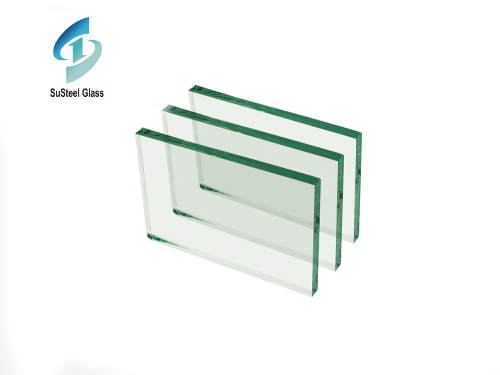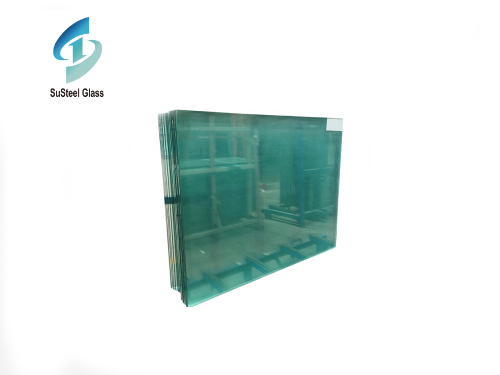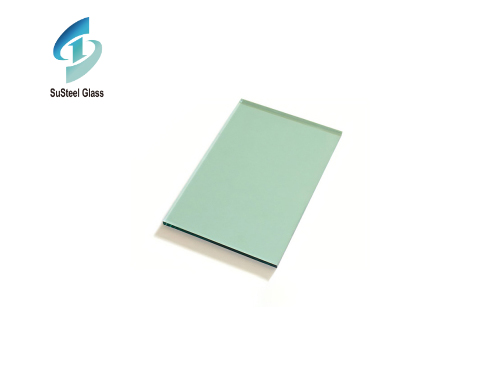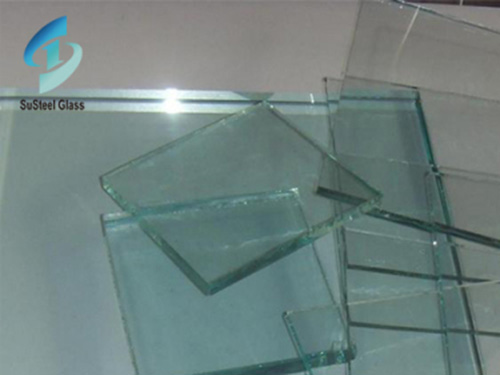
When comparing two different kinds of glass, super white glass is much more transparent. Ordinary glass also contains iron impurities, which give the front some green color. Despite its superior transparency, ultra-white glass costs much more.
Super white glass is a new type of high quality colorless glass with superior optical properties. It is the most transparent type of glass on the market and has strong resistance to fading. The glass also has excellent mechanical and physical properties. Using this material in design projects can help create stunning designs while improving energy efficiency.
The main difference between ordinary glass and super white glass is the way the two are produced. Ordinary float glass is produced in tin tanks, and the end result is a very white product. These glass products are commonly used in high-end construction and glass processing, including mirrors and car windshields. The most common uses for ultra-white float glass are in high-end construction and glass processing, as well as in the electrical and precision electronics industries.
While clear glass is generally considered the best choice for aesthetic purposes, it does have some significant drawbacks. Standard clear glass has a green tint due to the use of iron in the manufacturing process. It's so far removed from starlight glass in terms of clarity that most people won't be able to tell the difference without looking closely. To avoid these problems, choose extra white glass over standard clear glass.
 High Purity Tin Ingot: Essential Uses and Key Advantages
High Purity Tin Ingot: Essential Uses and Key Advantages
 Burglar-Resistant Glass: Enhancing Security and Peace of Mind
Burglar-Resistant Glass: Enhancing Security and Peace of Mind
 Exploring the World of Green Tinted Glass Products: Versatility and Sustainability
Exploring the World of Green Tinted Glass Products: Versatility and Sustainability


